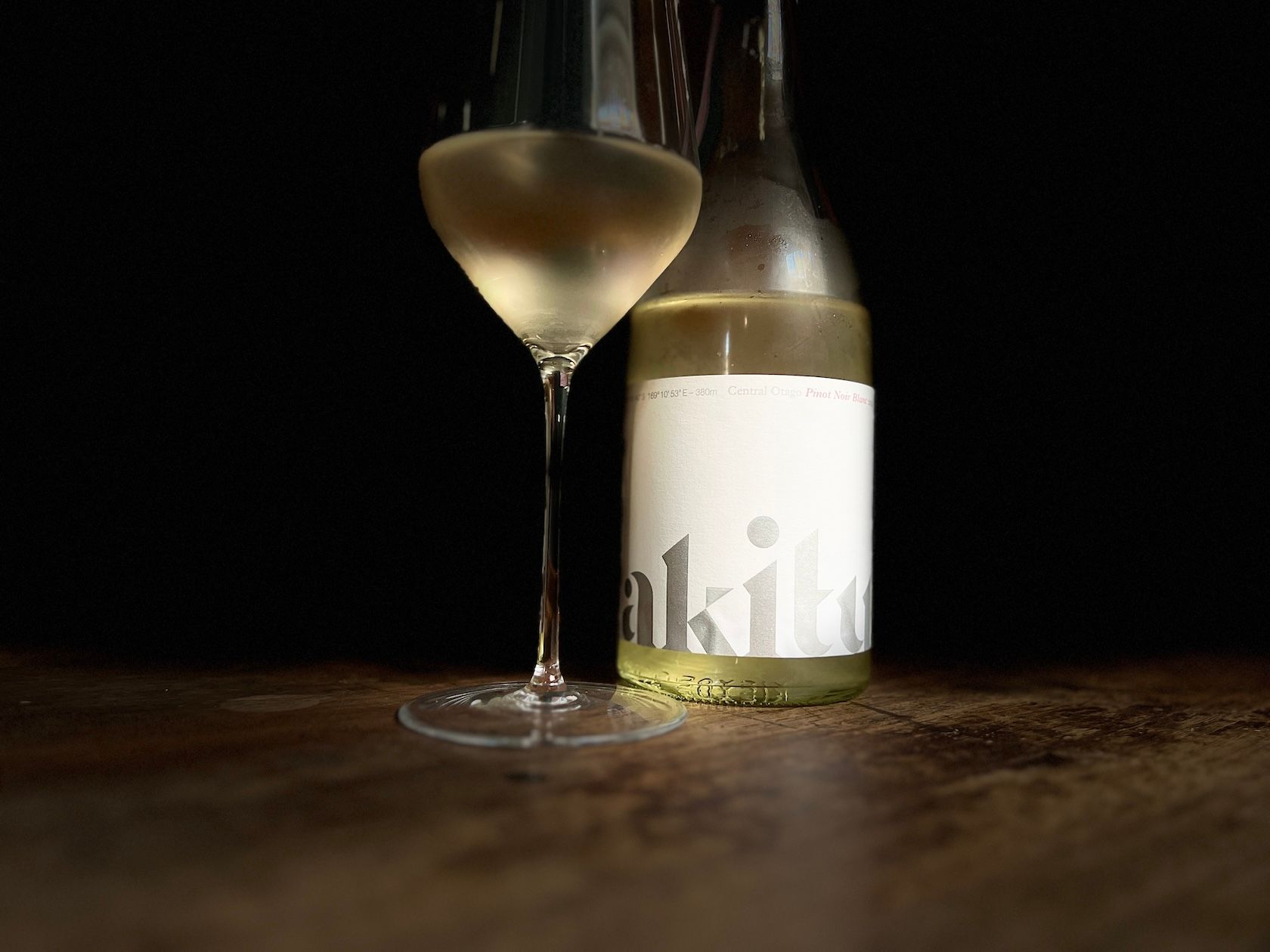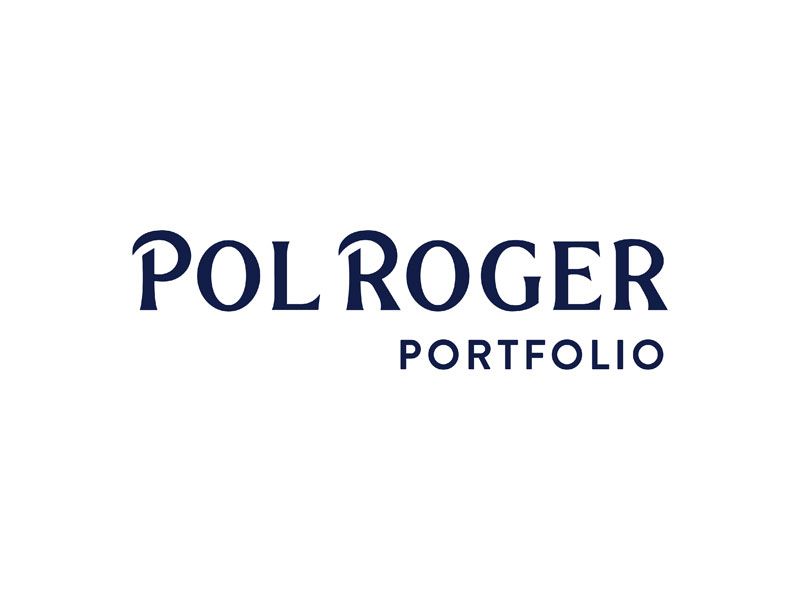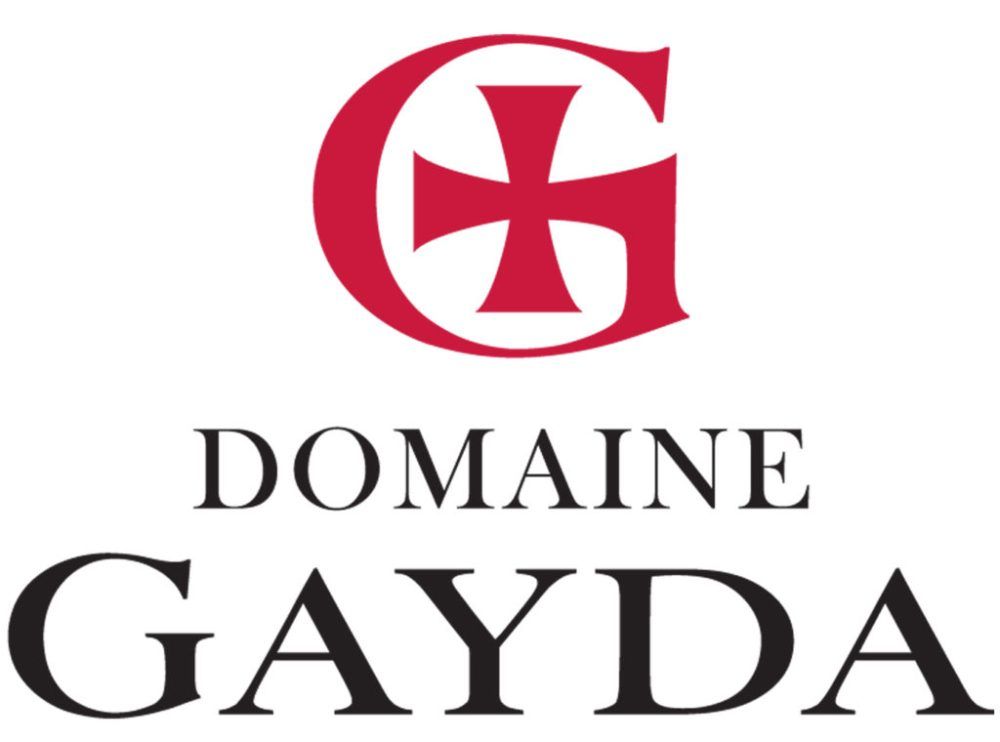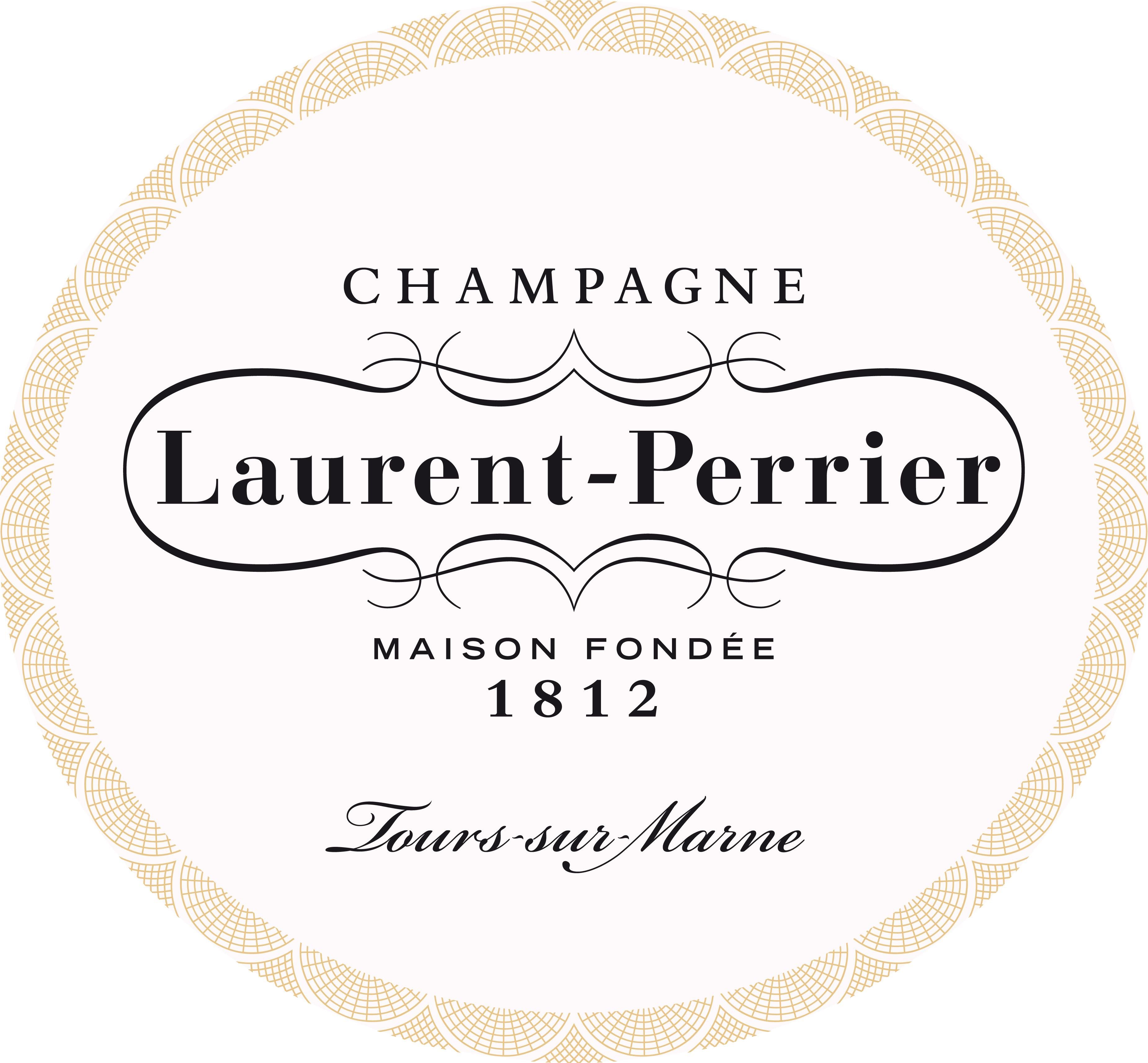Most wine writers remember where they were when they first tasted Akitu Pinot Noir Blanc. It stands out a country mile. A white wine made from black grapes that is more fragrant and robust than most white wines made from white grapes. And, because it undergoes cold pressing immediately after picking (which minimises colour pick-up and phenolic extraction) it has no time on the skins and is therefore a white wine not a rosé.
It's a genuine oddity, a gift to sommeliers the world over, and a wine that sits almost entirely without comparison.
Because its first vintage was 2019, the wine was shown at Mentzendorff’s portfolio tasting on March 3, 2020 – the last major importer tasting in London before COVID lockdown. There was a buzz about it in the room with wine writers and somms tipping each other off about it. “Have you tried Akitu’s white Pinot…?”. It was like picking up the sleeve of The White Album or seeing a person with albinism for the first time – it possessed a rare beauty all its own.
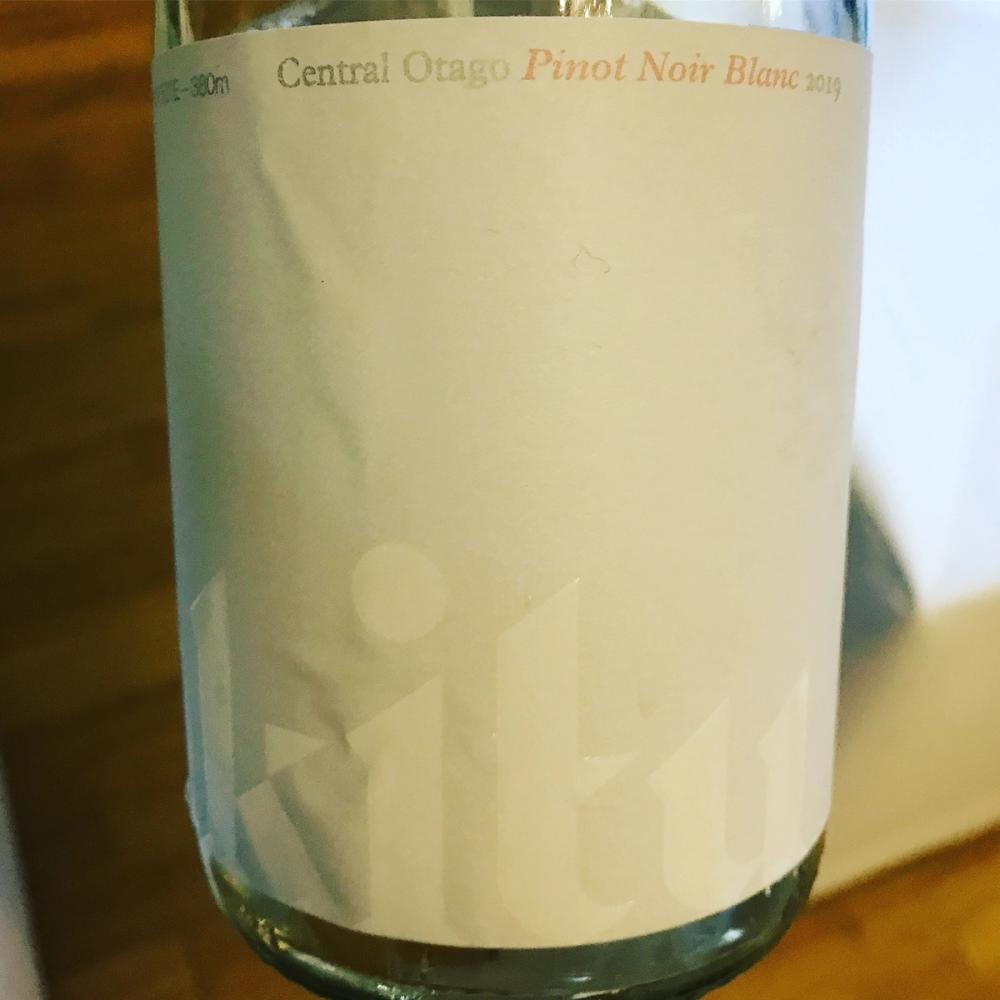
The first vintage, the label almost as elusive as the wine, March 3, 2020
And now for something completely different
At an online tasting with Akitu founder Andrew Donaldson yesterday the new vintage was shown alongside the 2022 vintage of the red Pinots A1 and A2. The great news is that Akitu Pinot Noir Blanc 2024 is easily the best iteration so far and for me, was the highlight of the tasting.
The story behind its creation was just as extraordinary as Donaldson explained.
“We realised the fundamental mistake that we made by only planting one varietal which means that you only get red wine which was Pinot Noir which meant that every wine show I went to half the time I was spent looking at the ceiling because everybody said I'm tasting the whites first and I didn't have any of those.”
A bottle of Meyer-Nakel’s Illusion, a white Pinot Noir from the Ahr Valley in Germany gave Donaldson an idea.
White-vinified reds have historically been a hit in Germany as they allow winemakers to sell what would have been a feeble red, or one made from an unfashionable grape, as a fashionably named ‘Blanc de Noirs’. Well-made, thought-through German Blanc de Noirs are hard to find but clearly Illusion was one of them. And, to this day, well made Blanc de Noirs like Akitu, made from top quality Pinot Noir are a rare best indeed.
“I said (to winemaker PJ Charteris) we're going to make this next year and PJ said I am absolutely not making this wine and I said why not? And he said because there's nothing I can do with it. He described it as ‘a naked wine’… it just talks about vintage and vineyard. And I haven't really got an awful lot of tools in the winery when we have a bad vintage.”
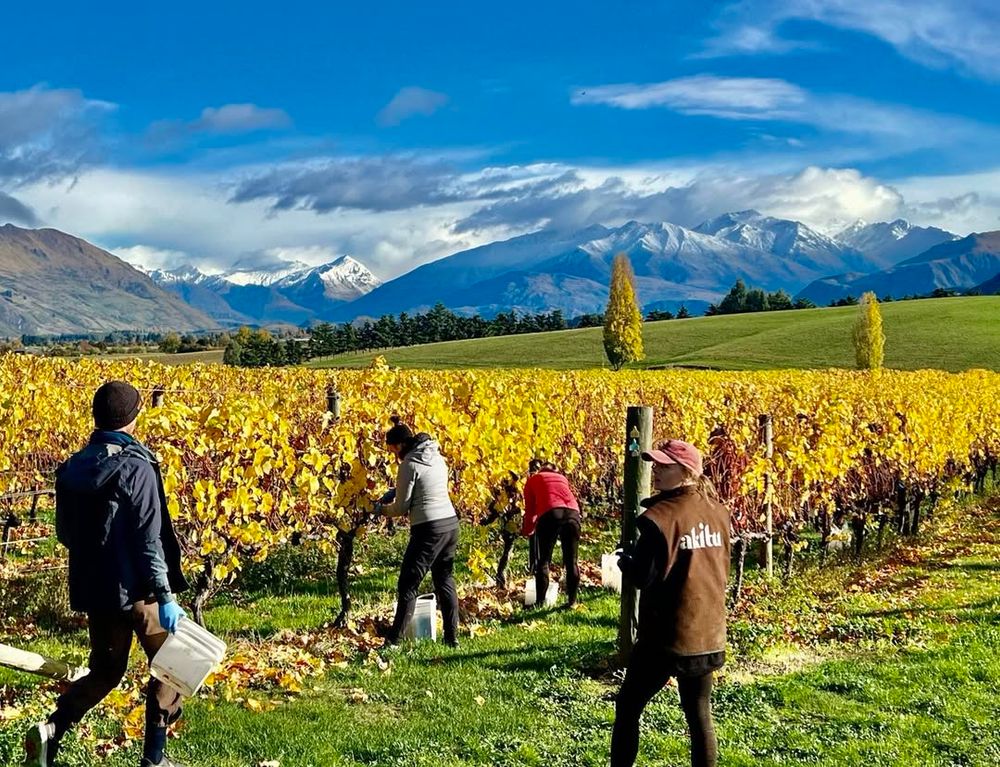
The vineyards at Wanaka are on the 'viticultural edge'
With the vineyards in Central Otago set right up against the Southern Alps, Akitu is making wines on the ‘viticultural edge’, one reason for the thrilling acidity central to all three of the estate’s wines.
“So the first two years we made it – the 2019 and the 2020 – it was an absolutely startling wine. It was laser sharp. It was like a samurai sword. It was just this blazing acidity. And really, really interesting and really quite captivating…. And and we were also like, wow, what are we going to do with this? It was amazing with food, but it lacked sophistication. It was really one-dimensional. It was all about acidity and whilst there were flavours there they were, they were pretty well hidden.”
“So starting on the third vintage, which was the 2021, PJ by then worked out that there were some things he could do. So the way that we make it now is we pick it about three weeks early. So we've pretty much got our sugar runs. We've got our brics to where we want to be, so we're in the early 23s, but the vineyard has this ability (if we get the weather right), we can get really nice hang time in that last month (April) our sugars don't rise again …and we pick it with quite high acidity, which usually is about two and a half to three weeks before the main harvest. We pick it on a cold morning, preferably a frosty morning. Small parcels straight to the winery. We do one small press and then the moment we get any colour coming through in the first run, we shut the press off, it goes straight into stainless steel and we make it as a white wine and that's what we did for the first two years.”

Andrew Donaldson says a key difference to the 2024 vintage was using two blocks of Pinot that had very different exposures.
“And then after that PJ said, ‘You know, let’s give it another little squeeze and let's put this in really old oak and let's run some fermentation, and then we'll just leave it on the lease solids. And then we'll have a look when we go to tidy up the wine, which is only a few months later and see what we can do’.”
“And so we started experimenting with some cloudy, lees-worked barrels and we we ended up adding back various portions of this over the year and then so 2021/2022 were experimental and worked out pretty well. 2023 we thought we'd overdone that a little bit. By adding this we had quietened down the acid as a sensation, not in terms of the numbers (it carries the same acidity), but it had really broadened the mid-palate and and it had given just a much more luscious mouthfeel to it, which was what PJ really wanted to achieve.”
“2023 we think we went a little bit too far. It was almost like the Pinot Noir Blanc equivalent of Australia getting a little bit too buttery with their Chardonnays, you know, it was just a bit too chewy. So we backed off it in 2024 and frankly this for me is exactly where we want to be now.”
Donaldson explained that a key difference to the 2024 vintage was using two blocks of Pinot that had very different exposures – one that receives blisteringly hot sunshine, the other a more subtle exposure. That, and the quality of the 2024 fruit which is some of the best he has seen.
“(The wine) is still light and bright, but it's got a much broader sort of interesting, almost oriental kind of flavour profile …. it's a little bit of citrus, a little bit of grapefruit, it's got an almost blossom kind of profile on it as well. So it's fabulous with food – smoked fish – or as an aperitif.”
“One of the Japanese restaurants in New Zealand, says ‘Andrew I sell sake, I sell beer and I sell your wine. That's what I sell because the Japanese love it’ it just sets off plates of sashimi really beautifully.”
Another surprising aspect about Akitu Pinot Noir Blanc is that it ages well, which was an unintended benefit When the team first started making the wine. It has also been received by collectors and sommeliers with open arms. Where the Akitu team made 350 cases in 2019, it has produced 413 of the 2024.
“It’s really ticking all the boxes in terms of what we wanted. So I've now got a white wine, and it's not a rosé. I am still lonely at tastings, but I don't think that the wine's the reason!”
Tasting Akitu's new vintage wines

Akitu Pinot Noir Blanc 2024
Delicate yellow colour with the slightest pink hue, pretty nose of Nashi pear, lychee, berry sorbet, blossom, a leesy spice and subtle dried herbs. Quiet intensity. On the palate the wine has plenty of refreshing fruitiness – quince, lemon/ lime, lychee, grapefruit – but also texture and structure with a saline finish. This particular vintage is the best yet in my mind, the team has got the balance just right. To me the 2019 and 2020 were startlingly new but maybe too subtle and elusive. There were like ‘tracings’, where the 2024 is more ‘brass rubbing’ – the contours bolder and more defined, more 3-D. Even the label seems to bear this out – the 2019 having white-out lettering that was almost too hard to define. This wine is more assured, complex and serious than its previous iterations. It still has nervy acidity, but it’s cloaked in more fruit and more rounded on the palate. Stunning wine. RRP £34.
Akitu A1 Pinot Noir 2022
Dry, medium-bodied, medium to light-coloured Pinot Noir made with 23% new oak and 35% whole bunch. Beautifully pretty nose, intense, ripe, with sweet strawberry and cherry fruit and savoury aspects – a bit of sous bois, old wood, meat juices. The palate is more serious than the A2, bright and fresh with firm, well integrated tighter tannins, greater texture but still with an easy-going lushness. RRP £48.
Akitu A2 Pinot Noir 2022
Dry, medium-bodied Pinot, light garnet made with 33% whole bunch. This is more instantly approachable in youth than the A1 – a dead ringer for a buy-the-glass offer, especially with 25% less price per bottle. On the nose and in the mouth this eager-to-please red is generous, succulent, hospitable, welcoming, bright. You can find strawberry and fleshy cherry fruit, dried thyme, hints of sechuan pepper and sweet oak, well disguised tannins. What’s not to like? It’s got great length for such an easygoing Pinot, dry but with a balanced finish. RRP £34.
Akitu Pinot Noir Blanc 2024, Akitu A1 Pinot Noir 2022 and Akitu A2 Pinot Noir 2022 are all imported and sold in the UK through Mentzendorff which is a commercial partner of The Buyer. To discover more about them click here.
